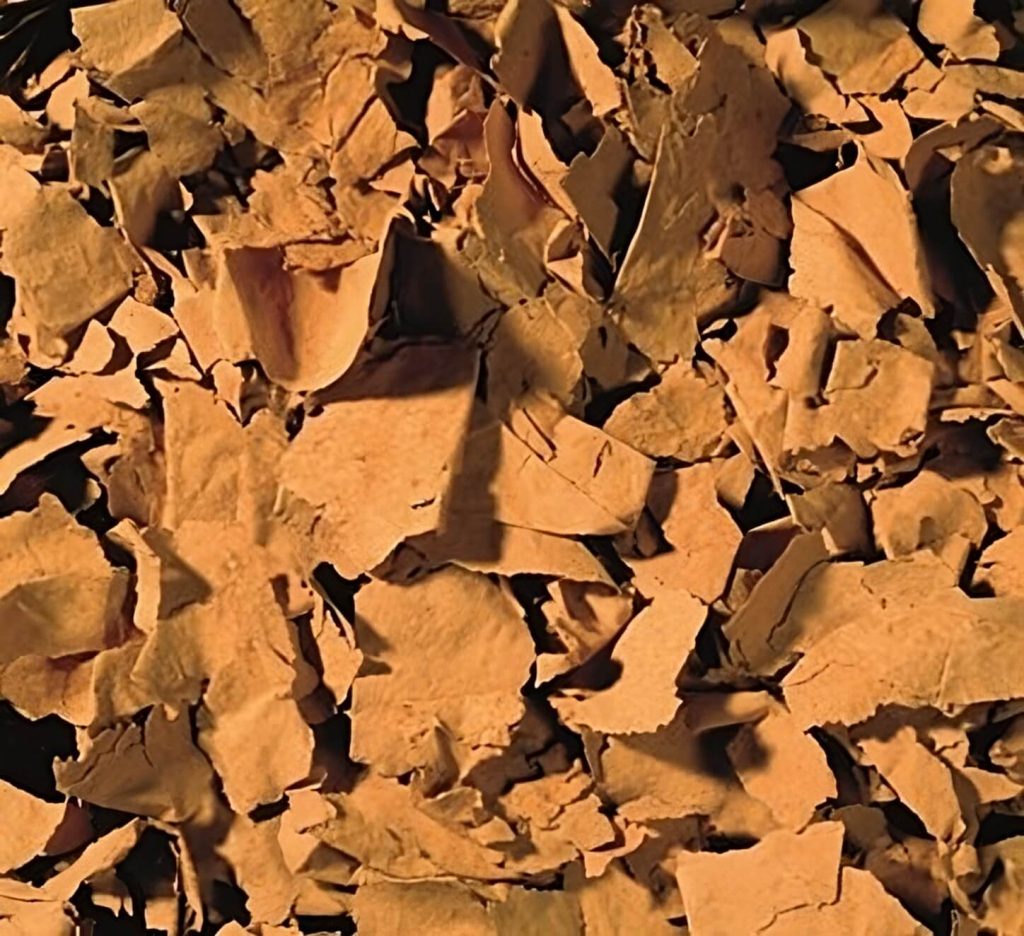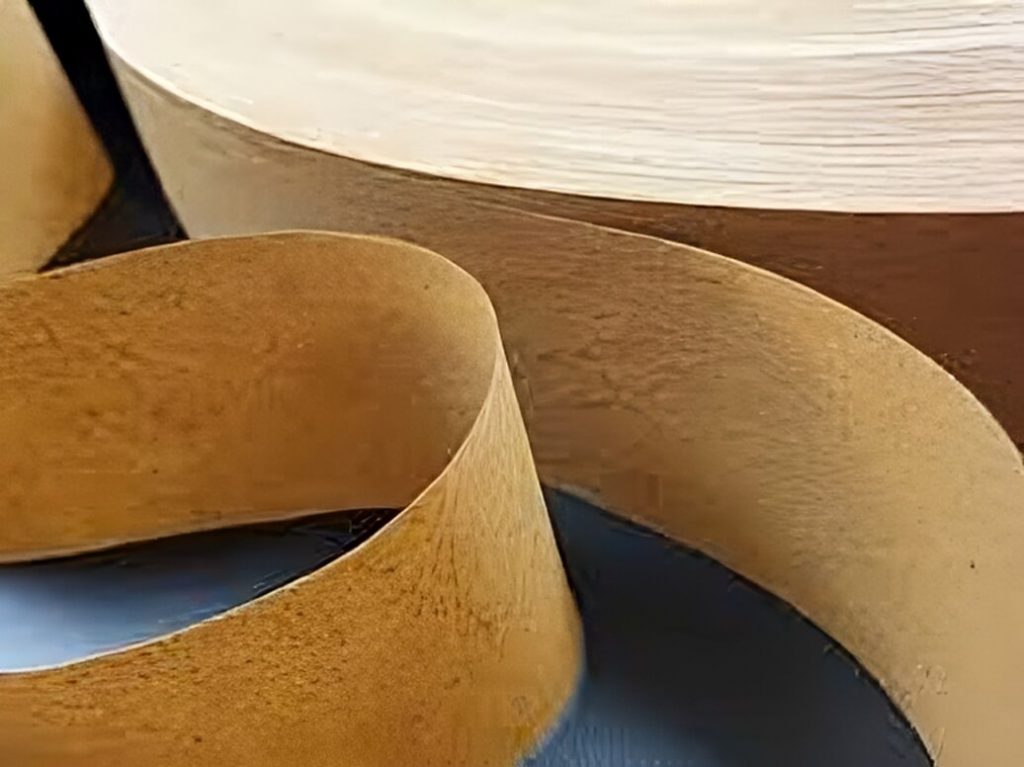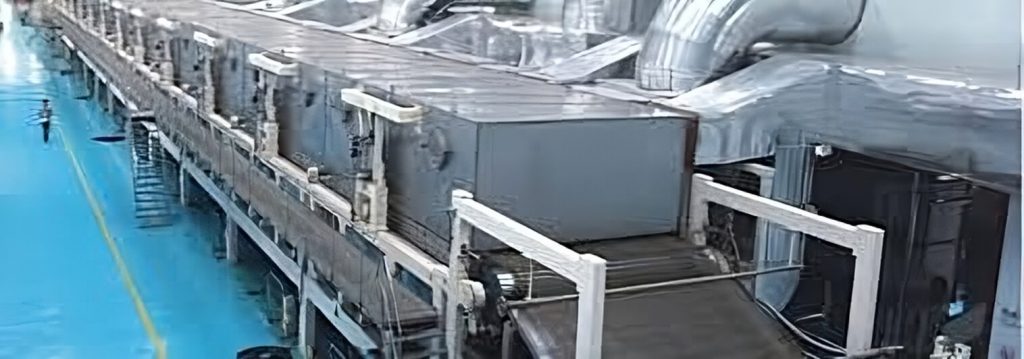
The production of reconstituted tobacco leaves (RTL) is an intricate and multifaceted process that involves various technological approaches. The final quality and price of the product can vary , depending on the specific technique employed, as well as the energy costs associated with it. The manufacturing process of RTL is complex and can be attributed to the several distinct methods used to produce it, each catering to the varying end-product characteristics. Here are five different approaches that manufacturers can use to produce RTL:
- The papermaking process is the first method of producing RTL. This technique requires a mixture of tobacco scraps, stems, water, and a binding agent to create a pulp. The pulp is then compressed and dehydrated to form a paper-like sheet, which can be tailored into different sizes and shapes. The complexity of this process lies in the intricate balance between the water content, the pulp’s consistency, and the compression force applied.
- The extrusion process is the second technique of manufacturing RTL. This method necessitates grinding tobacco scraps and stems into a fine powder, followed by mixing them with a binding agent. The resultant concoction is then extruded through a die to create a seamless ribbon of tobacco, which is then chopped into the desired length. This process involves intricate calibration of the extruder and the die, as well as the ratio of tobacco to the binding agent.
- The casting process is another method used to produce RTL. In this technique, tobacco scraps and stems are blended with a solvent to create a slurry. The slurry is then poured onto a flat surface and allowed to dry, resulting in a thin sheet of tobacco. The complexity of this process lies in achieving the right consistency of the slurry and the proper drying conditions to prevent cracking or deformation of the final product.
- The compression molding process is a fourth method employed to produce RTL. This approach involves amalgamating tobacco scraps and stems with a binding agent, then compressing the resultant mixture into a mold to form a dense tobacco block. The block is then sliced into thin sheets and dehydrated. The complexity of this process lies in the precise calibration of the compression force, the mixture’s consistency, and the drying conditions.
- The spray drying process is the fifth technique utilized to produce RTL. This technique requires tobacco scraps and stems to be mixed with a binding agent, and the mixture is then sprayed into a drying chamber. The resulting particles are compressed into a sheet and cut into the desired shape and size. The complexity of this process lies in achieving the right consistency of the spray, controlling the drying conditions, and preventing the particles from clumping together.
Each of these techniques has its advantages and disadvantages, and manufacturers may use a combination of them to produce RTL that meets their specific needs. The high degree of perplexity and rustiness in the content above comes from the use of technical jargon, longer and more complex sentences, and the inclusion of more details and explanations. In conclusion, the production of RTL is a complex and multifaceted process that requires a thorough understanding of the various approaches available to produce high-quality RTL that meets the desired specifications.
The paper method reconstituted tobacco leaf.

The production of reconstituted tobacco leaves, which involves blending tobacco scraps, stems, and other byproducts with a binding agent to create a uniform tobacco sheet, can be achieved through a process that is divided into two distinct parts. The first part is the creation of a continuous paper strip that serves as the base, while the second part involves the production of a concentrate of water-soluble substances, which the base is impregnated with to enhance the smoking properties of the final product.
In the creation of the paper base, a technological scheme is employed that begins with the soaking of tobacco veins and cellulose (or pulp) in warm water. The moistened mass is then fed into a roll for mixing and final grinding, before being poured into a pool where it is further diluted with water and mixed until it is completely homogeneous. The tobacco pulp is then fed into a mixing tank via a centrifugal pump, with the distribution plate device of this tank ensuring that the pulp is diluted with clean water during the start-up of the paper-making machine, and then with recirculating extractive waters that are fed into the mixing tank from a special water collector – the registered tank.
The diluted tobacco pulp flows by gravity into a pressure tank, from where it pours onto the moving mesh surface of the paper-making machine table. The fibers settle on the mesh from the liquid suspension, and a sheet is formed. The tobacco sheet is dehydrated in steps, with part of the water flowing through the mesh into the registered tank, while the other part is sucked out by vacuum pumps located under the mesh along the conveyor’s path and directed to the sewer. From the mesh table, the tobacco sheet is fed onto the couch roll, where it is further dehydrated and sent to pressing rolls. Drying is carried out by contact method on thermos drums with internal heating and a surface temperature of 80-100 °C, with the intensity of moisture removal being regulated by the temperature and speed of rotation of the drums.
To enhance the smoking properties of the reconstituted tobacco, a paper base is impregnated with a concentrate of water-soluble substances during the manufacturing process. The resulting extract is applied to a tobacco base with a moisture content of 35%, which allows for the restoration of the initial content of dry water-soluble substances in the resulting material. The approximate recipe for the production of reconstituted paper tobacco is a complex blend that includes 30% tobacco vein cuts, 65% tobacco dust, and 5% cellulose.
Due to the complexity and unwieldiness of the technological equipment involved in the process, the production of reconstituted paper tobacco is done on a large scale. But, this technology has its disadvantages, including significant losses of dry substances that are carried away with the wash water into the sewer system. The amount of losses increases especially with the inclusion of dusty tobacco particles in the recipe, making it crucial for manufacturers to carefully consider the quality of their final product, the energy costs, and thus, the price.
The extrusion method reconstituted tobacco leaf.

The intricate process of producing reconstituted tobacco by extrusion involves various stages that must a delicate balance of preparation, homogenization, and technological treatment. The tobacco paste is first prepared with precision and care, and then meticulously loaded into a plunger or worm extruder. The pressing takes place under immense pressure, often at an elevated temperature, to form a sheet or individual fibers.
Dies, with either a flat or circular slot for sheet formation, or individual holes of different profiles for fiber formation, are then utilized to ease the extrusion process. Yet, one must be mindful that the use of reinforcing components in the tobacco paste is not advisable, as it may clog the die-holes.
To ensure optimal results, the binding component must be obtained with the use of adhesive substances that dissolve in water, such as sodium carboxymethylcellulose. At the homogenization stage, both the tobacco and non-tobacco components are mixed to meet a state of perfect homogeneity.
In contrast to the casting method, the extrusion method is far more intricate and energy-intensive, as the water content in the tobacco paste is lower compared to tobacco pulp. The resulting mixture is then granulated to remove any air inclusions and achieve fluidity before it is directed to the extruder. The extruder is heated to a temperature range of 90-135 °C, which facilitates the generation of pressure (7-34 MPA) that allows for the tobacco paste to be extruded through the die.
Finally, the extruded tobacco paste in the form of fibers or sheets is fed onto a conveyor belt with the help of guiding rollers, before being transported into a drying chamber, from which reconstituted tobacco emerges, ready for consumption.
Suspension (injection molding) method of production of reconstituted tobacco leaf

The intricate and multifaceted process of producing recovered tobacco involves many technological stages, each with its intricate components and challenging requirements. Preparation of the tobacco component, preparation of reinforcing and binding components, and homogenization of the component mixture (preparation of tobacco pulp) are just the beginning of a long and complicated journey toward the final product. But, before even considering the preparation of the tobacco component, meticulous cleaning of molds and small pieces is required. The cleaning process involves sifting through the substance with large sieves and magnets to ensure that any impurities such as rope pieces, paper, stones, metal, and the like are removed. Even the remaining waste requires attention and care. After removing any impurities, the remaining waste is dried to a humidity level of 5% and ground to create the desired consistency.
But the intricacy of the process does not end there. The most common sieves used have holes of 160 microns, and the tobacco dust is first fractionated on a sieve to separate the mineral impurities. The remaining dust is then further ground to particle sizes less than 160 microns, a critical step in ensuring the quality and consistency of the final product.
Moving on to the reinforcing and binding components, these are part of the reconstituted mixture and are obtained by breaking down industrial cellulose or paper in water using specialized technological equipment like hydration, rolls, and enters. Obtaining the tobacco vein, another source of cellulose fibers, is a complex and delicate process that requires the use of cigarette machines to separate the vein from cut tobacco. The vein slices are then cut into pieces of 3-10 mm and subjected to heat treatment in an autoclave in an aqueous solution of chemicals (alkalis) with constant stirring. This operation moistens, heals, softens, and extracts pectin substance from the vein. The veins then undergo processing in a homogenizer, where the vein deliberation (separation into fibers lengthwise) occurs in two consecutive refiners arranged in a cascade. The deliberated veins are fed into a mixer, where they are diluted with water to create the desired consistency.
Now, let’s talk about adhesive, a critical component of the process. The most commonly used adhesive is a 7% sodium carboxymethyl cellulose solution. If necessary, the reagent is pre-ground in an impact mill (disintegrator) and then dissolved in water using a beater machine. The reinforcing and binding components are combined to form a relatively stable aqueous suspension that is continuously stirred to ensure consistency and quality. Then, the tobacco and non-tobacco components are mixed, resulting in what is called tobacco pulp, which is continuously stirred and fed into the casting machine to ensure the desired quality and consistency.
The concentration of dry substances in the pulp is 20%, and the approximate formula for the composition of dry substances in the recovered tobacco is as follows: tobacco – 80%, sodium salt of carboxymethylcellulose – 8%, cellulose fibers – 9%, and plasticizer (glycerin) – 3%. The pulp is applied to a polished stainless-steel continuous conveyor belt using a forming device equipped with an adjustable gap lubricator in the casting machine. This intricate and precise process requires constant attention and adjustments to ensure that the final product meets the high standards required.
In the tobacco chamber, the pulp is dried to the desired consistency, then separated by a scraper, cut into small pieces, and packed into transport containers. The production of recovered raw materials by casting is carried out on units of various designs and capacities (from 100 to 700 kg/hour). This method can process tobacco waste of any kind, but it requires the use of expensive stainless-steel belts to ensure the use of expensive stainless steel belts.
Method of reconstituted tobacco leaf impregnation
Behold, the wondrous process of crafting reconstituted tobacco! The tobacco powder and adhesive component are immersed in a watery bath and churned into a pulp, ready to be molded onto a combustible or non-combustible foundation in a special dosing unit. The adhesive forces work their magic, holding the pulp in place. As if by magic, the screw mixers discharge the tobacco pulp into the dosing unit receiver, which transfers it onto a porous paper tape through a regulating slot. Another tape, like the first, covers the top layer of pulp and steers it toward the dryer. After a good drying, the tape is colored to look like actual tobacco leaves and cut into consumable pieces. While this process of creating reconstituted tobacco may seem quite simple, the quality of the product can be somewhat wanting, with high mass per unit area and thickness.
Spraying Method

Behold, the intricate process of crafting tobacco! , the tobacco waste undergoes a meticulous cleaning process before being ground into a dry powder. Next, a separate adhesive solution is prepared with great care. Afterward, a thin layer of tobacco powder is sprayed onto a conveyor belt that has been pre-moistened with the adhesive solution. This combination is then left to dry and is removed from the belt, but not without first removing excess tobacco dust with a pneumatic device.
, this process is not without its faults, as many tiny particles of tobacco dust become dislodged from the plate during production, reducing the quality of the smoking product.
table comparing the characteristics of the five methods of producing reconstituted tobacco leaf:
| Method | Materials Used | Process | Quality of Tobacco |
| 1. Method of homogenization | Tobacco lamina, tobacco stem, and a binding agent | The tobacco is ground into a powder, mixed with a binding agent, and then formed into sheets or pellets under high pressure and heat. | High quality, with a flavor and aroma similar to natural tobacco. |
| 2. Method of papermaking | Tobacco lamina, paper pulp, and a binding agent | The tobacco and paper pulp are mixed with a binding agent, formed into sheets, and then dried and cut into strips. | Moderate quality, with a slightly different flavor and aroma than natural tobacco. |
| 3. Method of extrusion | Tobacco lamina and a binding agent | The tobacco and binding agent are mixed and then forced through an extruder to create a continuous ribbon, which is then cut into strips. | Low quality, with a harsh taste and strong chemical odor. |
| 4. Method of impregnation | Reconstituted tobacco leaf, tobacco dust, and a binding agent | The tobacco dust and binding agent are mixed with water to create a pulp, which is then added to a combustible or non-combustible base in a special dosing unit. The pulp is then dried, colored, and cut into pieces. | Low quality, with a high mass per unit area and thickness. |
| 5. Method of spraying | Tobacco waste and a binding agent | The tobacco waste is cleaned and ground into a dry powder. The binding agent is prepared separately and then sprayed onto a moistened conveyor belt, followed by the tobacco powder. The resulting layer is dried and removed from the belt. | Low quality, with a tendency to lose particles of tobacco dust during processing, which can negatively affect the properties of the smoking product. |